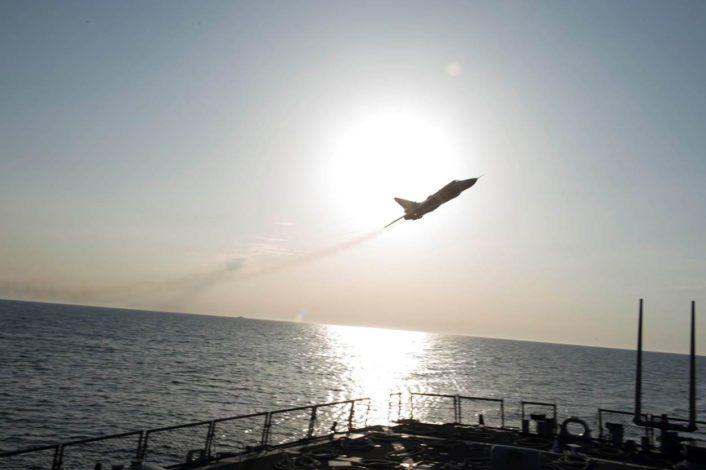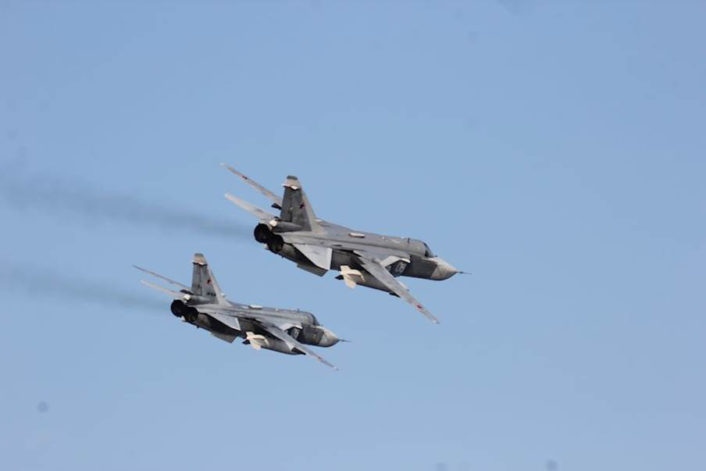He should have suspended their law licenses.
Hanen also ordered Attorney General Loretta Lynch to present a “comprehensive plan” to the court within 60 days about how to prevent future “unethical conduct.” And he ordered Lynch to notify the court within 60 days about steps she was taking to ensure the Office of Professional Responsibility—the DOJ office that oversees attorney conduct—was effectively policing lawyers within the department. “The court cannot help but hope that the new Attorney General, being a former United States Attorney, would also believe strongly that it is the duty of DOJ attorneys to act honestly in all of their dealings with a court, with opposing counsel and with the American people,” Hanen wrote. More at National Law Journal including the text of the Judge’s order.
Judge orders ethics classes for ‘deceptive’ DOJ attorneys
Examiner: A federal judge has ordered annual ethics classes for Justice Department attorneys as a punishment for being “intentionally deceptive” during litigation over President Obama’s executive immigration orders.
“Such conduct is certainly not worthy of any department whose name includes the word ‘Justice,'” U.S. District Judge Andrew Hanen wrote in a withering order released Thursday.
Justice Department attorneys misled the court about when the Department of Homeland Security would begin implementing President Obama’s executive order granting “deferred action” to illegal immigrants whose children are citizens. In doing so, they tricked the 26 states who filed a lawsuit into “foregoing a request for a temporary restraining order,” according to the judge.
The facts of the deception are not in doubt, Hanen emphasized. “[DOJ] has now admitted making statements that clearly did not match the facts,” he said in the May 19 opinion, first noted by the National Law Journal. “It has admitted that the lawyers who made these statements had knowledge of the truth when they made these misstatements … This court would be remiss if it left such unseemly and unprofessional conduct unaddressed.”
As punishment, Justice Department attorneys who wish to appear in any state or federal court within the 26 states that brought the lawsuit have to undergo annual ethics training. “At a minimum, this course (or courses) shall total at least three hours of ethics training per year,” he wrote.
In another case, such “egregious conduct” would lead him to strike the government’s pleadings, but Hanen decided not to take that step because the Supreme Court heard oral arguments in the case in April.
“The national importance of the outcome of this litigation outweighs the benefits to be gained by implementing the ultimate sanction,” Hanen wrote. “Striking the government’s pleadings would not only be unfair to the litigants, but also unfair, and perhaps even disrespectful, to the Supreme Court as it would deprive that Court of the ability to thrash out the legal issues in this case.”
Hanen cited multiple instances in which Justice Department attorneys claimed that Department of Homeland Security directive announced in November of 2014 would not be implemented until February 18, 2015, even though they knew that DHS had begun implementing a portion of the order that pertained to the original “deferred action for childhood arrivals” policy announced in 2012.
“Apparently, lawyers, somewhere in the halls of the Justice Department whose identities are unknown to this court, decided unilaterally that the conduct of the DHS in granting three-year DACA renewals using the 2014 DHS directive was immaterial and irrelevant to this lawsuit and that the DOJ could therefore just ignore it,” Hanen wrote. “Then, for whatever reason, the Justice Department trial lawyers appearing in this Court chose not to tell the truth about this DHS activity. The first decision was certainly unsupportable, but the subsequent decision to hide it from the Court was unethical.”
Hanen seemed to lament that he couldn’t disbar the attorneys involved, but he barred the out-of-state attorneys from enjoying the right to practice law in Texas.
“The court does not have the power to disbar the counsel in this case, but it does have the power to revoke the pro hac vice status of out-of-state lawyers who act unethically in court,” he wrote. “By a separate sealed order that it is simultaneously issuing, that is being done.”






 , until Trump rose in the polls.
, until Trump rose in the polls.